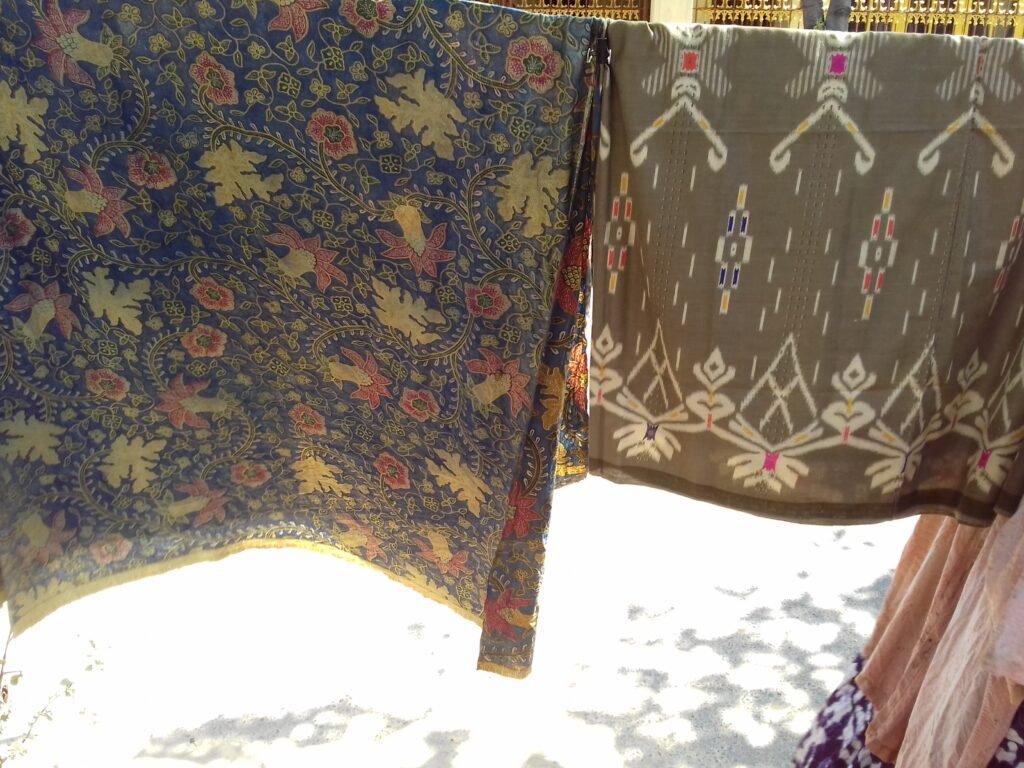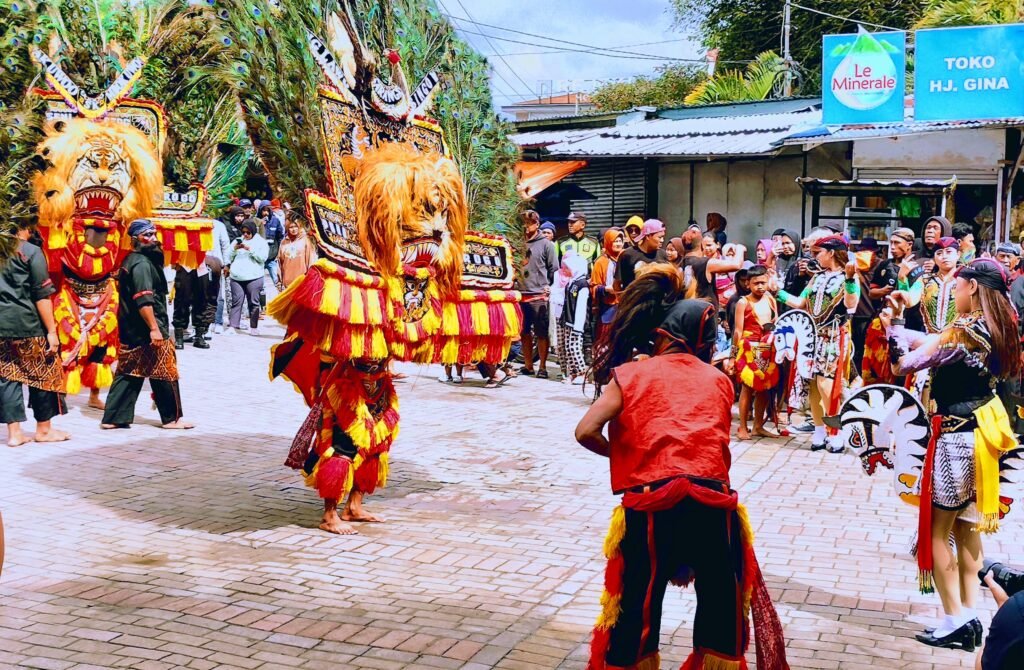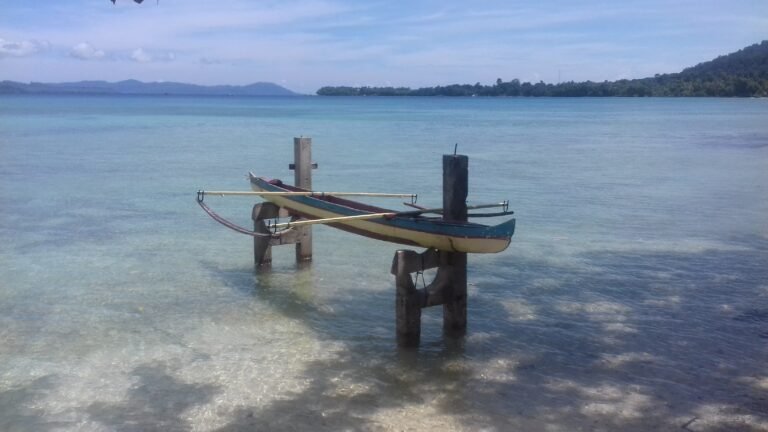
Language Primer: Javanese / Bahasa Jowo
The stimulation provided by the depth and breadth and size of Indonesia can overwhelm the senses. A sensible way to ease this pressure would be to navigate around the many languages you may encounter.
A quick scan of Indonesia would reveal that the archipelago’s many regions possess intricate strands of culture and tradition that imbue them with a distinct personality. Sumatra, beholden to tropics and lakes; Bali, [redacted]; Lombok, where water holds sway; Sumba, a place of reverence for ancestors; Sumbawa, the obscure heart; Flores, the way to the afterlife; Kalimantan, with an interior whose rainforests slowly dwindle; Sulawesi, shaped like a spider; Maluku, whose spices once captivated the world; West Papua, a region beset by tumult; West Timor, that exists on the periphery.
And whilst it may suit the reader to further study each area’s character, one simple truth remains: holding these disparate places together is Java, the spine of Indonesia. Those who hold power in the island’s cities plot the archipelago’s development, and the region’s active volcanoes brood with the threat of catastrophe.
There is much that Java can teach a well-intentioned visitor; they can find such stories elsewhere. But these good intentions also require effort. The pulmonary system of Java is charged by many veins of heritage and wisdom, and the motivation of these facets can bewilder the uninitiated.
Experience suggests it is best to engage with one’s surroundings at such times. And where better to begin than by learning the prevailing language or dialect? So doing, the visitor acquires a key that weakens the communication barrier and unlocks a treasure chest of magic words; a well-deployed burst of Javanese, such as matur suwon or mlaku mlaku, can elicit looks of shock and surprise from people of that place, who may feel compelled to further explore what else the speaker know. Engagement may ensue as a result which, in turn, opens doors for the curious, respectful outsider.

Such engagement, however, can prove tricky: visitors may not have much time, or they may lack an aptitude for language, or they may prefer to keep their own counsel and not position themselves at the absolute centre of proceedings. But if one has a chance to strengthen their feel for a place, it is often a chance worth taking.
Read more: The story of how Sumatra’s Lake Toba got its name.
Thus, allow EITM to provide a pro-tip: for a crash course in Javanese language learning, find a place on the back row of a public bus in the centre or east of the island. There, await the conductor, from whom passengers may buy a ticket. This individual, upon spotting an outsider, may well take an interest in the fresh face and strike up a conversation. Depending on the sensibilities of the conductor, they might become protective of the newcomer, as a teacher would a student, and wish to share a piece of Java to ease their passage; and language is as good a thing as any to share.
If such a scenario unfolds, watch for the reverence with which this new wellspring of information behaves: they will handle notebooks and writing implements with respect, and they shall patiently guide the willing learner through the complications of voicing unfamiliar terms.
This guide was gathered using such an approach, and whilst it may look, sound, feel and be incomplete, it is also genuine: shout out to Raza on the bus from Semarang to Salatiga, and the jahal Arema FC fan, on the Blitar-Tulungagung route, who bore the appearance of a hooligan and the patience and understanding of a saint. Both went above and beyond to help a stranger feel comfortable in new surroundings, and both offered invaluable input in compiling this guide. They may never read this, but to them EITM says simply: thank you, fellas.
Javanese, an incomplete (but useful) list:
| English | Indonesian | Javanese |
| Thank you | Terima kasih | Matur suwon |
| You’re welcome | Sama sama | Podo podo / Sami sami |
| Walking | Jalan jalan | Mlaku mlaku |
| Okay | Baik baik saka | Apik apik wae |
| Where are you going? | Mau ke mana? | Jendingan tindak pundi? |
| This way / Just around, etc | Mau ke sana | Ajeng ting mriku |
| Eat | Makan | Maem |
| Hungry | Labar | Luwe |
| Drink | Minum | Ngombe |
| Thirsty | Haus | Ngombe / Ngelak |
| Don’t know (?) | Sudah tau | Wes eroh |
| Please / excuse me / okay | Silakan | Monggo |
| Excuse me | Permisi | Amit / Nuwon sewoo |
| Ask for help (help me?) | Minta tolong | Njalok tolong |
| Sorry / Excuse me | Maaf | Sepurane |
| Slowly | Pelan pelan | Alon alon |
| Up to you | Terserah kamu | Sak karepmu |
| Crazy | Gila | Edan |
| Smile | Tersenyum | Mesem |
| Beautiful | Cantik | Ayu |
| Javanese people are beautiful | Orang Jawa cantik | Wong Jowo ayu ayu |
| People / person | Orang | Wong |
| Where from? | Dari mana? | Teko endi? |
| From there | Dari sini | Teko kene |
| Where | Di mana | Ndek endi |
| A little | Sedikit | Sithik |
| 1 | Satu | Stungal |
| 2 | Dua | Kalay |
| 3 | Tiga | Tikur |
| 4 | Empat | Sakawan |
| 5 | Lima | Kansal |
| 6 | Enam | Nam |
| 7 | Tujuh | Bitu |
| 8 | Delapan | Waloo |
| 9 | Sembilan | Sonko |
| 10 | Sepuluh | Satusaw |
(NB: As always, EITM wields only the illusion of authority. If this list proves useful, then great. But if you’re serious about learning Javanese, consult a proper teacher or dictionary. Better yet, just wander around Java and pick it up like we did.)
Discover more from Eye in the Middle
Subscribe to get the latest posts sent to your email.


